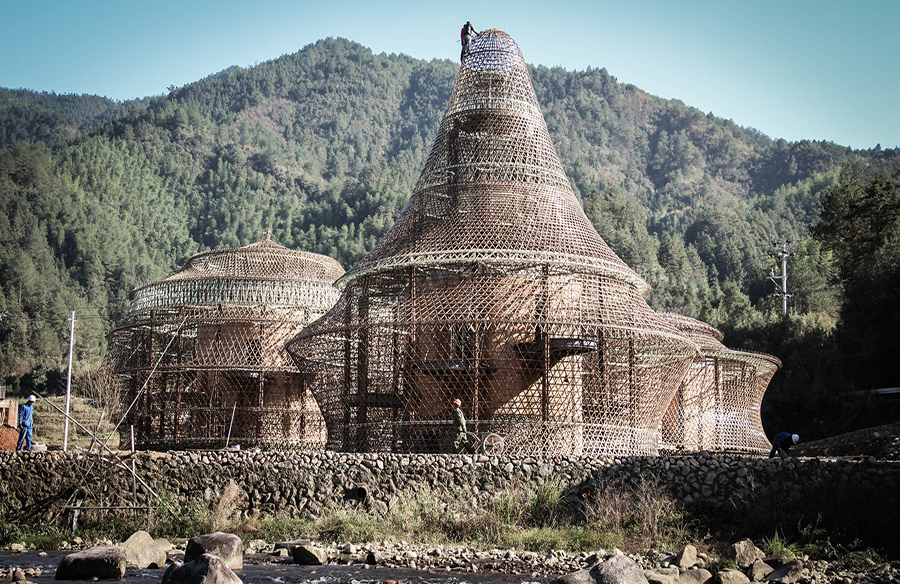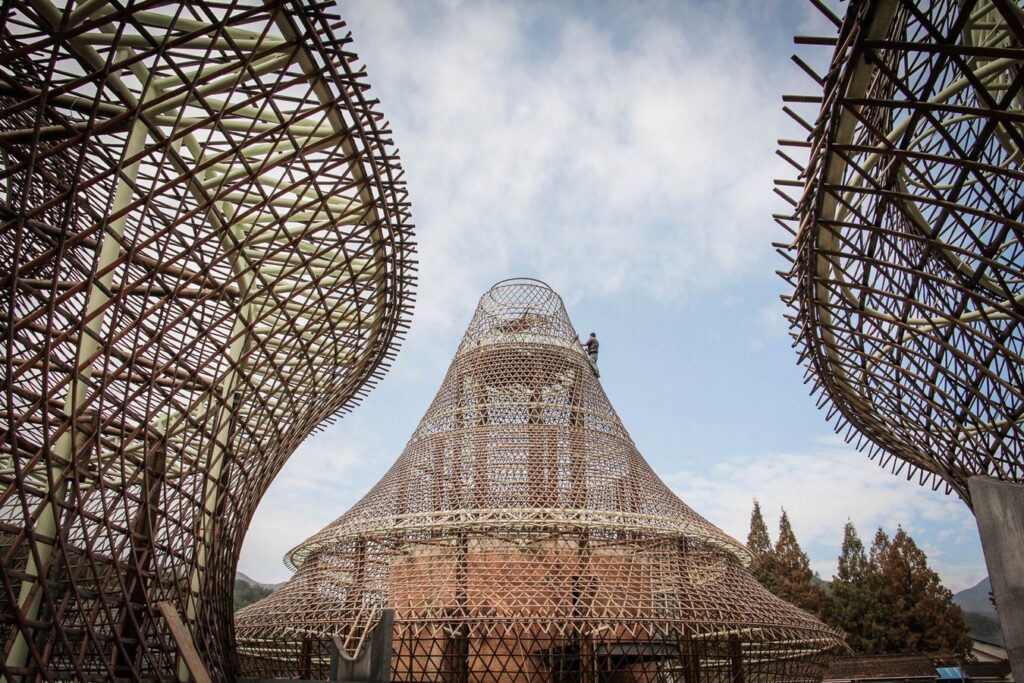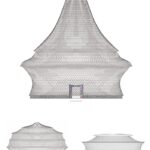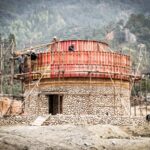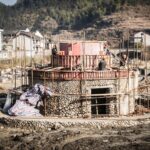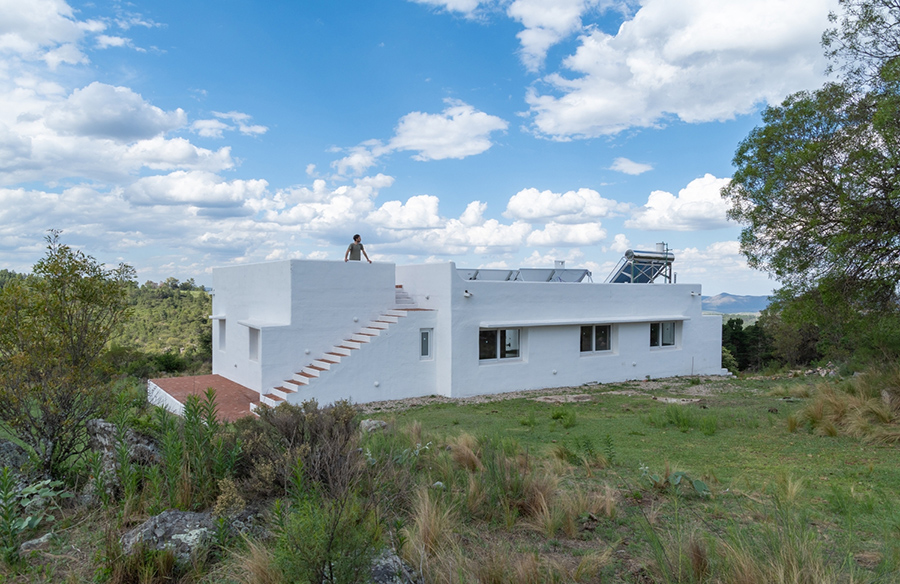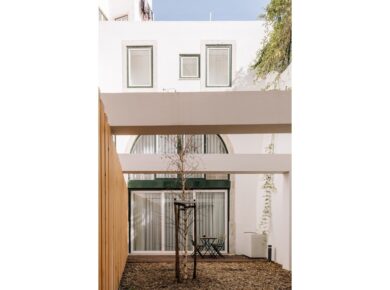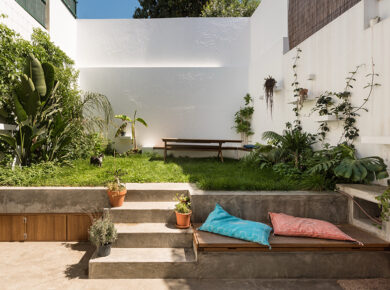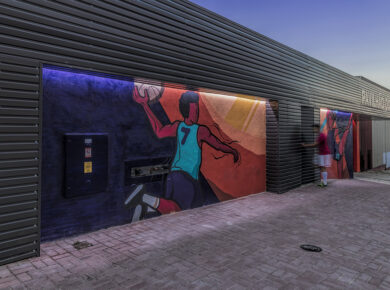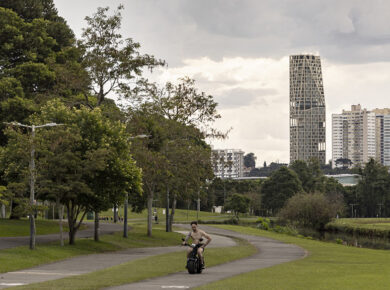Addressing Environmental Concerns
In the span of just three years (2011-2014), China consumed more cement than the United States had in the entirety of the previous century. Many individuals residing in concrete housing blocks were once housed in structures built from natural materials. This shift towards concrete construction is not unique to China but is a trend observed globally. To combat the rising CO2 emissions associated with conventional construction methods, there is a pressing need for sustainable alternatives.
Celebrating Natural Materials
The Bamboo Hostels project by Studio Anna Heringer presents an innovative approach to sustainable architecture. Unlike traditional houses that conceal natural materials behind artificial facades, this project celebrates the inherent beauty of bamboo and mud. By utilizing non-standardized, locally-sourced materials, the project promotes diversity in both urban and rural settings, fosters fair economic practices through job creation, and contributes to the preservation of the planet’s ecosystem.
Longquan International Biennale
The project was initiated as part of the Longquan International Biennale, which aimed to explore the possibilities of building with bamboo. Twelve architects, including Studio Anna Heringer, were invited to design permanent structures using bamboo.
Design and Construction
Studio Anna Heringer was tasked with designing two hostels and one guesthouse. The hostels feature a core structure made of stones and rammed earth, housing utility units and stairs, with sleeping units attached. The exterior showcases an expressive structure crafted from woven bamboo, resembling Chinese lampshades that illuminate at night.
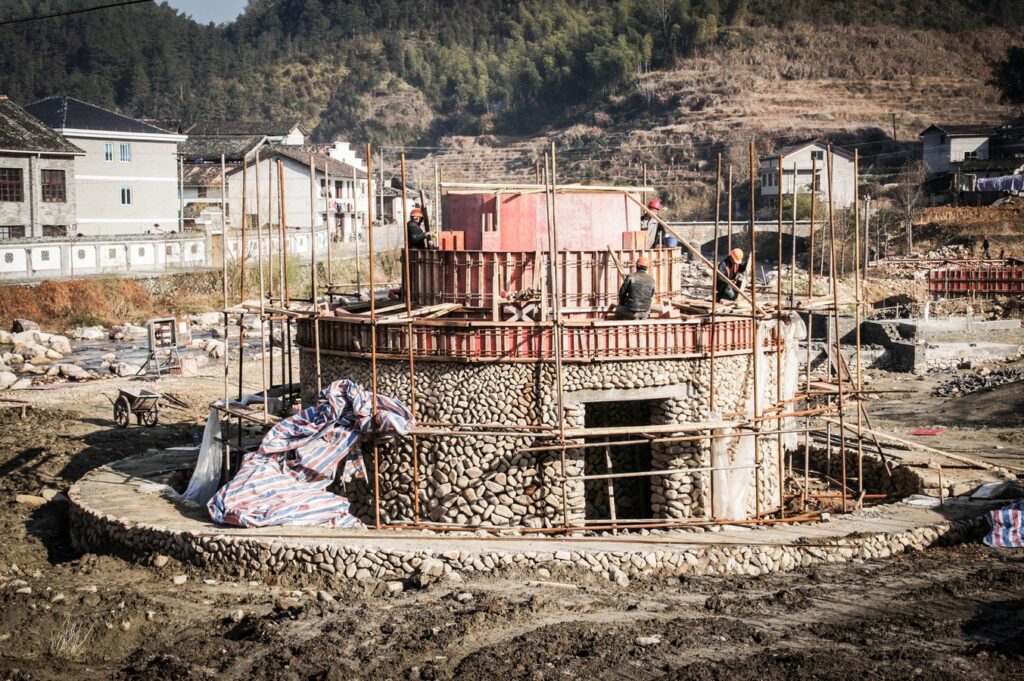
Sustainability and Quality of Life
Contrary to the notion that sustainability entails scarcity, the project demonstrates that natural materials such as bamboo and mud are abundant and economically viable. Beyond ecological benefits, these materials contribute to the well-being of occupants, emphasizing that sustainability is synonymous with enhancing quality of life and celebrating nature’s abundance.
Cultural Identity and Craftsmanship
The project pays homage to the cultural heritage of the region, drawing inspiration from local craftsmanship and immanent material characteristics. The shapes of the structures are influenced by traditional ceramic vessels, reflecting the rich cultural identity of the Baoxi region.
Energy Systems and Climate Control
The energy systems employed in the hostels utilize direct and ‘archaic’ sources such as fire, sun, wind, and shade. Rather than extensively controlling the climate of the entire structure, only the core utility rooms and sleeping cocoons are thermally regulated. Heating is provided by a low-tech oven, supplemented by solar collectors, fostering a communicative atmosphere in the common areas.
A Model for Sustainable Development
In a world with finite resources, the reliance on industrialized materials for construction is unsustainable. The Bamboo Hostels project serves as a model for simple yet meaningful construction, emphasizing the inherent charm and authenticity of natural materials. By embracing sustainability and prioritizing environmental stewardship, projects like these pave the way for a more equitable and sustainable future.
